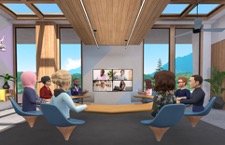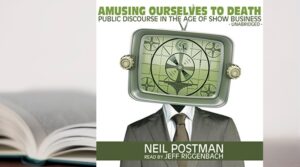3D Virtual Reality
3D Virtual Reality
Virtual Reality (or VR), traditionally associated with gaming, has already infiltrated and integrated into a number of areas within healthcare and business.
In Clinical Psychology contexts, VR is used effectively to mimic original traumatic events, allowing patients to be exposed to their fears within controlled settings. This is a very effective way to help those affected by phobias and PTSD to develop techniques to help them manage their responses (*1).

In medical scenarios, VR can create a distraction that can help patients in pain management (*2). It can also aid in treating paranoia and ADHD (*2) in addition to helping children with respiratory and diaphragmatic breathing (*3).
In business, VR is now being used as a team-building tool (for remote and hybrid teams who are not based at the same physical location). It is also being used for recruitment, onboarding and assessment of staff.
VR as a business tool is also starting to gain traction as a means of delivering soft-skills training to leaders and managers within national and global organisations whose team members are geographically remote from one another.

Because of the immersive nature of VR, it is by far a substantially more effective way to deliver training than either video calls or face-to-face training.
A worker at home (or in the office) puts on their headset and is ‘mentally’ transported into a virtual environment where their avatar interacts with other avatars in the same virtual room.
Although there are some disadvantages to training in 3D VR, there are a lot more advantages that it has over 2D virtual training. These are:
- Training is up to 4 times faster than in the classroom or in 2D virtual (*4)
- It is a visual and auditory immersive experience that substantially reduce external distractions and more conducive to focussed concentration (*5)
- The immersive experience increases learning and recall (*5)
- The concept of ‘Presence’ allows learners to feel that they have been physically present in a training environment with their colleagues where learning materials they engage with are similar to those found in face-to-face training environments (*2)
- Costs of headsets has now become affordable enough to facilitate adoption and wider use.
If you would like to know more about soft-skills leadership training courses in VR, Virtual Reality Experiences runs a number of soft-skills leadership and management courses run in the VR environment.
Notes:




